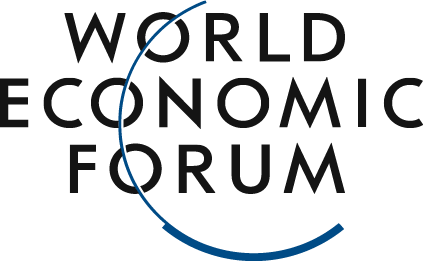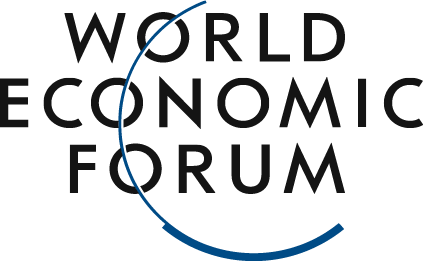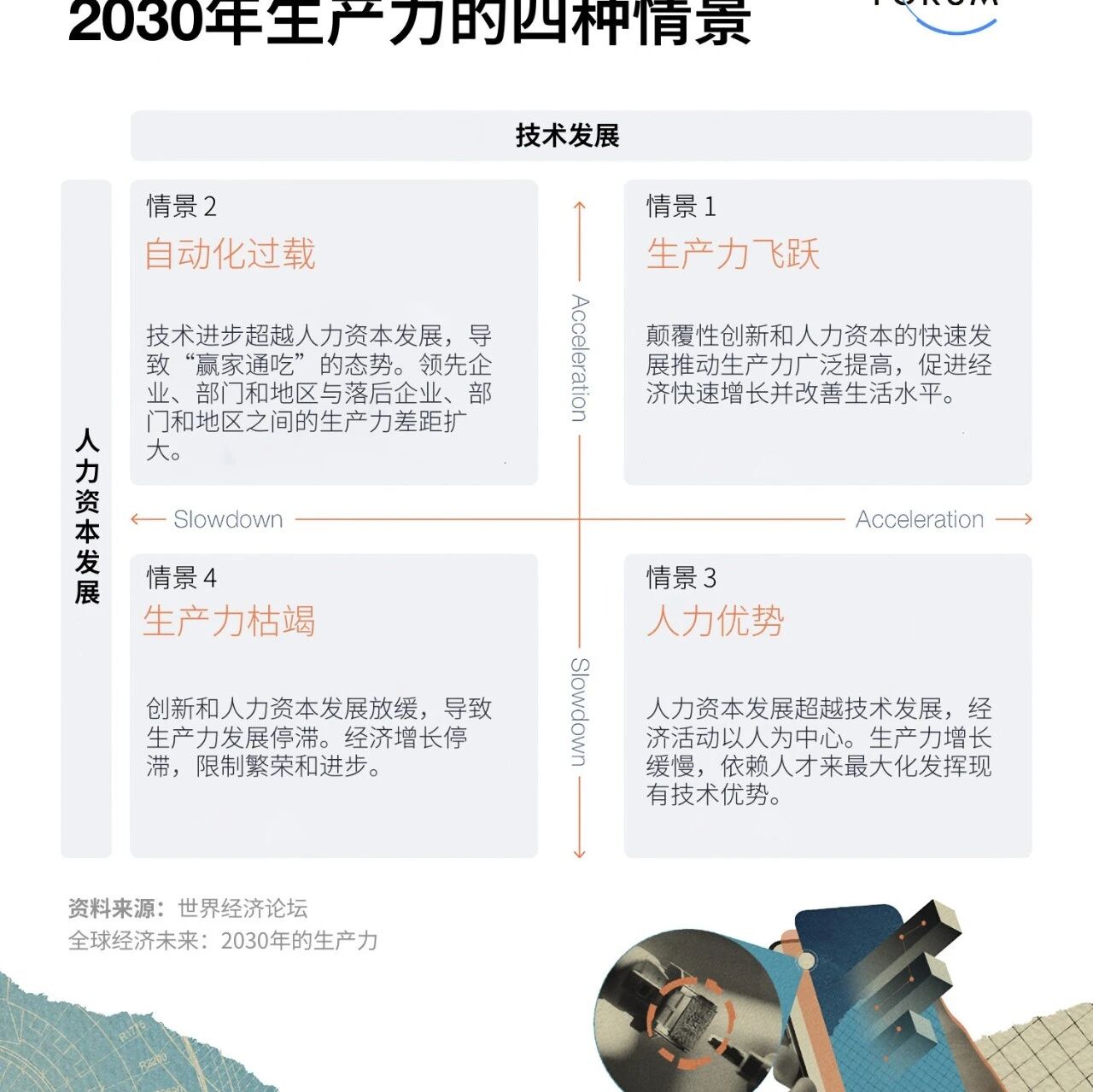Older employees face entry-level barriers that are more significant than age discrimination.
Image source:Freepik.com
Cynthia Hansen
Head of the Deco Group Innovation Foundation
As people live longer, working hours are also extending—some voluntarily, but most out of necessity.
Currently, there is a lack of employment programs specifically tailored for people aged 50 and older. Even when such programs do exist, their design fails to account for external factors, and they are often implemented in a top-down manner.
This study focuses on the life stories, experiences, and challenges of individuals aged 50 and older.
The global population is entering an aging phase. As people live longer, their working lives are also extending—whether by choice or out of necessity. This poses significant challenges for both employees and employers. Together, we’re actively exploring the tools, practices, policies, and cultural shifts needed to support the survival and thriving of individuals aged 50 and older.There is no "one-size-fits-all" solution in the world. From gender to race, from socioeconomic status to geographic location, a complex web of factors makes the challenges we face even more challenging. Too often, solutions are designed without fully accounting for these external influences and are implemented in a top-down manner. As a result, many interventions fail precisely because they overlook the input of those on the front lines.What do real professionals actually go through? This is precisely the kind of content we currently lack. How do unemployed individuals navigate the challenges of making a comeback to the workforce? What’s the most effective approach? Who has succeeded, and who gave up along the way? And perhaps most importantly, who managed to transition smoothly into a new career?Breaking down employment barriers for people aged 50 and olderThe Décod Group Innovation Foundation’s Senior Employee Program is actively addressing the pressing challenge of helping individuals over 50 re-enter the workforce. We closely monitor labor market data, socio-economic trends, and insights from Décod Group’s presence in 60 countries. More importantly, we take a bottom-up approach, listening to the stories, experiences, and challenges faced by people aged 50 and older—and identifying recurring patterns, key terminology, and shared pain points along the way.What did we hear? And where does this lead us? In the workplace, age discrimination is very real—but it’s far more complex and nuanced than the common narratives suggest. For a variety of reasons, employees face significant challenges when trying to re-enter the workforce. We’ve identified five interconnected factors that demand ecosystem-based solutions, enabling us to go beyond surface-level issues and address the deeper, underlying needs.1. Beyond the obvious economic pressures, unemployment can also take a heavy emotional toll—yet it’s often overlooked or even concealed by individuals. These hidden struggles, combined with significantly higher rejection rates compared to younger job seekers, may push people over 50 into a dangerous cycle of self-doubt and despair. This, in turn, increases their risk of prolonged unemployment and economic inactivity. We must act to prevent reaching this critical tipping point, helping individuals regain their footing and return to the workforce.2. Skill mismatches and biases against career gaps can pose significant barriers for job seekers of any age, as our research on young people and middle-aged women re-entering the workforce has shown. However, when combined with age discrimination, these obstacles may be amplified. People’s perceptions of older employees’ capabilities often carry more weight than concrete evidence. For instance, while the prevailing view suggests that older workers are less adept at adopting new technologies, our survey reveals that only 5% of older employees actually report feeling significantly challenged when it comes to tech skills. Moreover, with the rapid advancement of generative AI, everyone now faces a steep learning curve—something that could, in fact, create a more level playing field for all candidates.3. For employers, older employees may seem to come with added costs and risks. However, according to our research, most employers believe that older workers perform just as well—or even better—than younger ones. So why are employers still reluctant to hire or retain older staff? The recruitment process, workplace culture, or even a manager’s attitude might eliminate potential candidates before they can fully demonstrate their value. Moreover, when faced with job loss, employees often experience a blow to their confidence, feelings of identity confusion, and self-doubt, leading them to underestimate their own abilities. That’s why it’s crucial for older workers to relearn transferable skills and actively develop new employability competencies.4. Networking doesn’t define everything. People’s social circles often consist of individuals who share similar backgrounds, ages, socioeconomic statuses, industries, and job roles. As a result, one’s professional network may not necessarily be high-quality or career-focused. Moreover, we’ve observed that individuals over the age of 50 are often reluctant to leverage their personal connections when job hunting—likely due to shyness, awkwardness, or concerns about damaging relationships. It’s time we dispel the myth that networking is a goldmine and start exploring more practical, results-oriented approaches instead.5. The link between health and work is another critical area urgently in need of practical solutions. Declining health remains the primary reason why older workers leave the labor market before reaching retirement age. In the UK, among people aged 50 to 64, a staggering 42%—roughly 1.4 million individuals—are economically inactive due to long-term illnesses. Medical reforms aren’t the only answer, nor are employment policies alone; instead, we must adopt an ecosystem-based approach.Developing the longevity economyIn the private sector, labor shortages and skill gaps are holding back growth, making it difficult for industries to meet their production targets. During the pandemic, we observed a notable decline in the participation rates of older workers. At the government level, fewer workers mean lower tax revenues, putting additional strain on pension systems, healthcare networks, and essential public services. Could raising the retirement age offer a viable solution? To stabilize the old-age dependency ratio by 2050, the retirement age would need to increase by 8.4 years—a highly politicized issue with no easy answers. Finally, at the individual level, employment has a profound impact on income inequality, often extending well into retirement. In South Korea, the elderly poverty rate has already surpassed 40%, while in Estonia and Latvia it exceeds 30%, and in Mexico and the U.S., it’s above 20%. These stark figures underscore the strong link between income inequality and heightened risks of social exclusion and isolation.We need to address these issues immediately to prevent further loss of talented individuals who are both capable and eager to work. This is a systemic problem that requires collaboration among multiple stakeholders, including government, businesses, civil society, academia, and older workers themselves. By fostering innovation in overlooked areas and co-creating tailored solutions with older employees, we can build a more inclusive workforce—one that’s well-equipped to thrive in the longevity economy and truly flourish in the years ahead.
The above content represents the author's personal views only.This article is translated from the World Economic Forum's Agenda blog; the Chinese version is for reference purposes only.Feel free to share this on WeChat Moments; please leave a comment below the post if you’d like to republish.
Translated by: Di Chenjing | Edited by: Wang Can
The World Economic Forum is an independent and neutral platform dedicated to bringing together diverse perspectives to discuss critical global, regional, and industry-specific issues.
Follow us on Weibo, WeChat Video Channels, Douyin, and Xiaohongshu!
"World Economic Forum"





